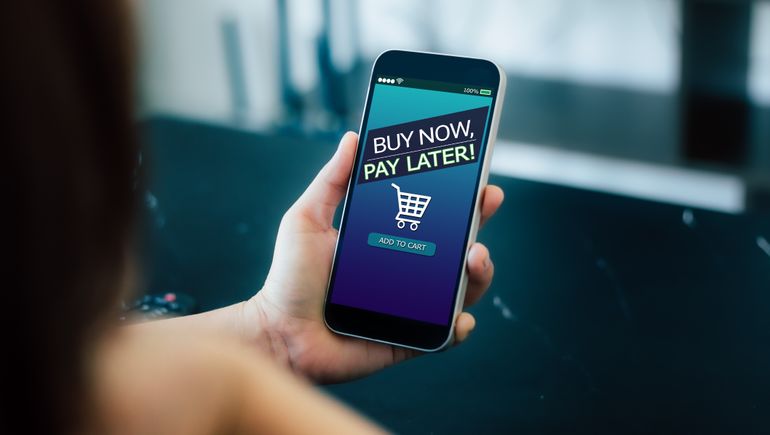Buy now, pay later provider Zip is avoiding acquisitions as it narrows its focus on certain geographies and customers to boost profitability, said CEO Larry Diamond.
Australia-based Zip had planned to purchase BNPL rival Sezzle last year, but the deal was scrapped in July. Over the past year, Zip has sharpened its focus on core markets and products, Diamond said in a Tuesday interview. The new approach is a bid to better compete with a host of rivals, especially in the key U.S. market.
The “M&A days are behind us, for now, as we grow the core franchise,” Diamond said.
In 2020, Zip completed the $296 million acquisition of another U.S. rival, Quadpay, as part of its U.S. expansion.
Diamond declined to elaborate on reasons the Sezzle acquisition agreement fell apart, other than to point to past comments about tougher macroeconomic and market conditions.
Zip CEO Larry Diamond
Permission granted by Angela Nibbs
A strategic review last year led the company to focus on building its BNPL business in the U.S., Australia and New Zealand markets, Diamond said. In the process, he also moved his family to New York from Sydney in October to battle challenges confronting the business.
Meanwhile, Zip is shutting down or selling assets in markets “that were a bit more embryonic in nature,” he said. Previously, the company was in more than twice as many countries, but closed operations in Singapore, the Philippines and Mexico, among others.
The company is still in the process of exiting some regions in the first half of this year, he said. “We’ve got a really strong market position where the total addressable market is significant,” he argued.
Nonetheless, Zip faces intense competition in the U.S., from the likes of Affirm, Afterpay and Klarna. Diamond downplayed that competition, saying there’s room for multiple players in the market. He asserted the U.S. BNPL market penetration “is only a couple of percentage points.”
Zip plans to roll out new products in the U.S. similar to what the company has added in Australia, including longer-term lending options and bill payment capabilities, Diamond said.
At the end of 2022, Zip had four million active U.S. customers, down 7% over 2021, and serviced about 23,800 U.S. merchants, up 29%, according to the company’s most recent earnings results.
Zip’s customer count declined as the company took a hard look at risk management in the U.S. market. Faced with a shakier macroeconomic climate, Zip took “decisive action” to reduce credit losses by about 50% last year, compared to 2021, Diamond said.
That means fewer customers driving more transactions on a monthly basis, and more engagement, he said.
“A lot of the adjustments to our risk settings has obviously tempered some of the growth around new customer acquisition,” Diamond acknowledged.
Zip’s business in Australia is already profitable and “the U.S. is on a very similar glide path,” Diamond said. He projects profitability for Zip in the first half of the company’s fiscal year 2024, which ends June 30, 2024.
Although profitability has been elusive for BNPL companies, Diamond said it’s not out of reach; rather, companies have been focused on growth. “If any of these businesses want to drive a profit, they could cut their fixed costs in half,” he said. They’d have to slow down growth though, just as Zip has, he explained.



